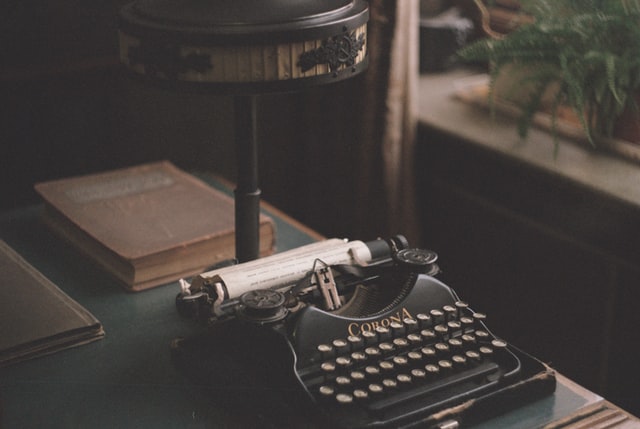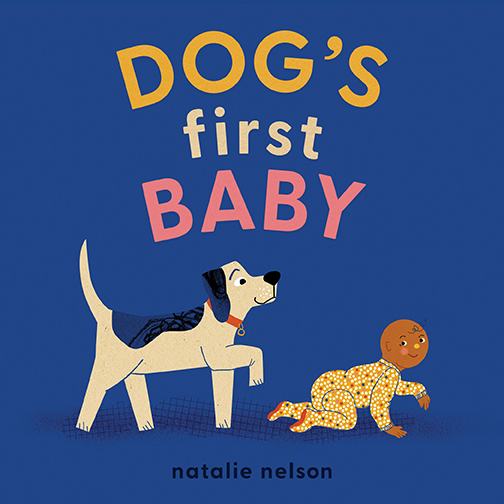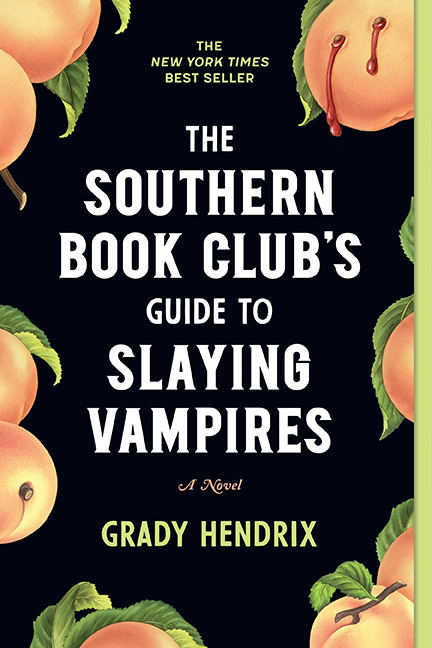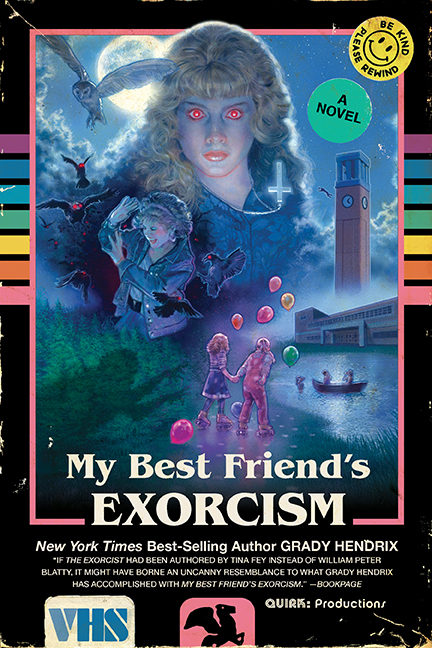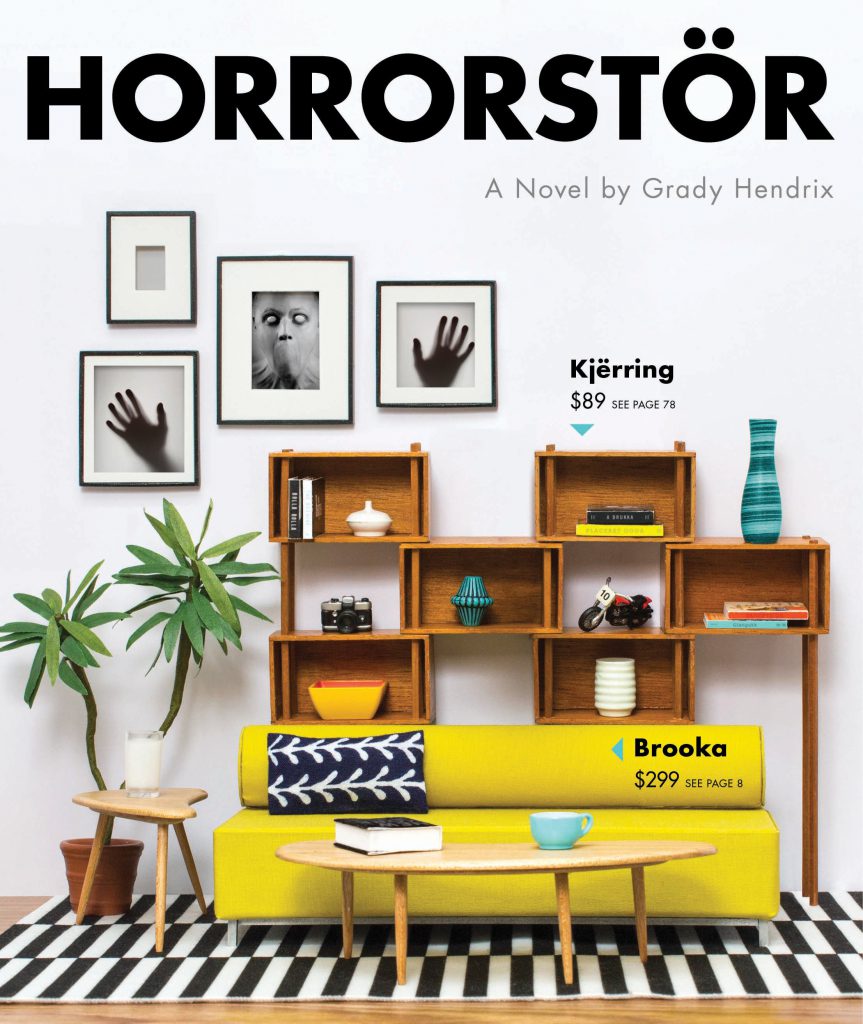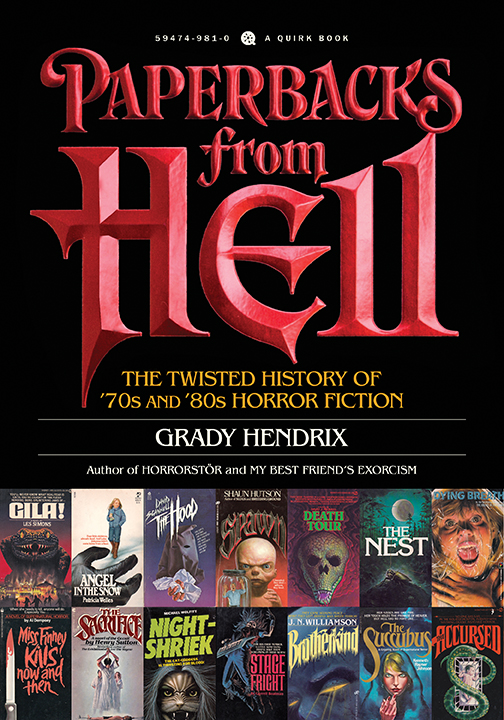Our Blog
The Best Fictional Wines and their Real World Wine Counterparts
(Photo by Maksym Kaharlytskyi on Unsplash)
Reading can be thirsty work. Why not kick back and relax with a nice glass of wine? We've done hours of research (hiccup) on the best fictional wines and their real world counterparts. Bottoms up!
Posted by Sandra Woolf
Women and Space: A Roundup
As space pioneer Sally Ride’s birthday approaches (May 26) and discussion of the incredible women in Hidden Figures demands attention and captivates imaginations, we consider the role of women in science and how, for years, their stories have been superseded by their male counterparts. Today we honor Sally Ride and the countless women who broke boundaries and denied stereotypes by highlighting exceptional accounts of their stories.
Posted by Sara Grochowski
If Beloved Authors Had a 2000s Goth Phase
[Image by Free-Photos from Pixabay]
This past Monday was World Goth Day, an opportunity for goths of all creeds and subcultures to come together and celebrate the goth community as a whole. That idea took many of us down a trip to memory lane: specifically, to the early 2000s, when we were in high school and expressing ourselves with goth music and fashion meant we were cutting edge. As we tossed around recollections of saving up for a lace-trimmed skirt at Hot Topic or an album by The Cure, we wondered: what if some of our favorite authors were in high school at the same time? How would they act? How would they look?
The following, friends, are our best guesses at how six beloved authors would make out as teenaged goths.
Posted by Elizabeth Ballou
Writing Tips From Authors You Read in English Class
[Photo by Da Kraplak on Unsplash]
Ah English class, where we learned how to write an essay, edit our grammar, and NEVER EVER use CliffsNotes when we haven’t done the reading (like, ever). Most of all, we learned about the work of some of the great authors of the English language. Time goes by, but these timeless tips from some of the English canon’s biggest names remain excellent advice on writing.
Posted by Margaret Dunham
Reviews Cut Short: Baywatch Edition
(Photo by Jeremy Bishop on Unsplash)
We haven’t seen the lifeguards of Baywatch since Mitch Buchannon – on the road to recovery from amnesia – returned to Hawaii to get married (again!) in the made for TV movie Baywatch: Hawaiian Reunion. A lot has changed since 2003, and to celebrate the lifeguards’ return to the screen in the latest Baywatch movie, we’ve asked them to recommend their favorite beach reads. After all, they have a lot of time to kill in that lifeguard chair.
Posted by Danielle Mohlman
Advice from Fictional Millionaires
[Movie till from The Great Gatsby 2013, Warner Bros.]
Tomorrow is Be a Millionaire Day. Strange holiday, but hey, it gives these fictional millionaires a chance to pass on some of their wisdom to you. It’s up to you to decide if it’s advice worth following.
Posted by Sarah Fox


